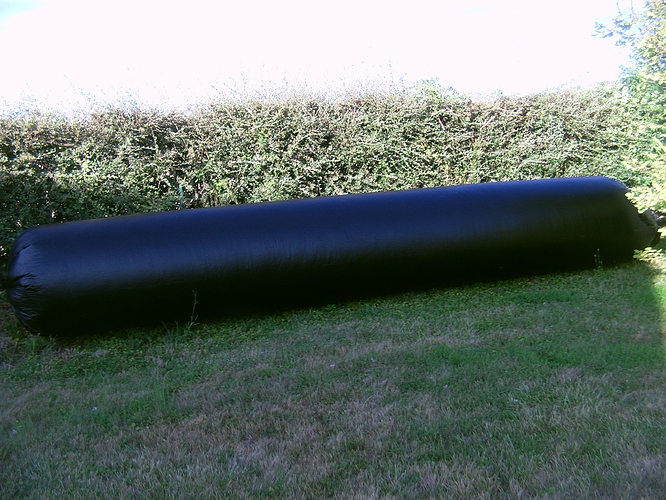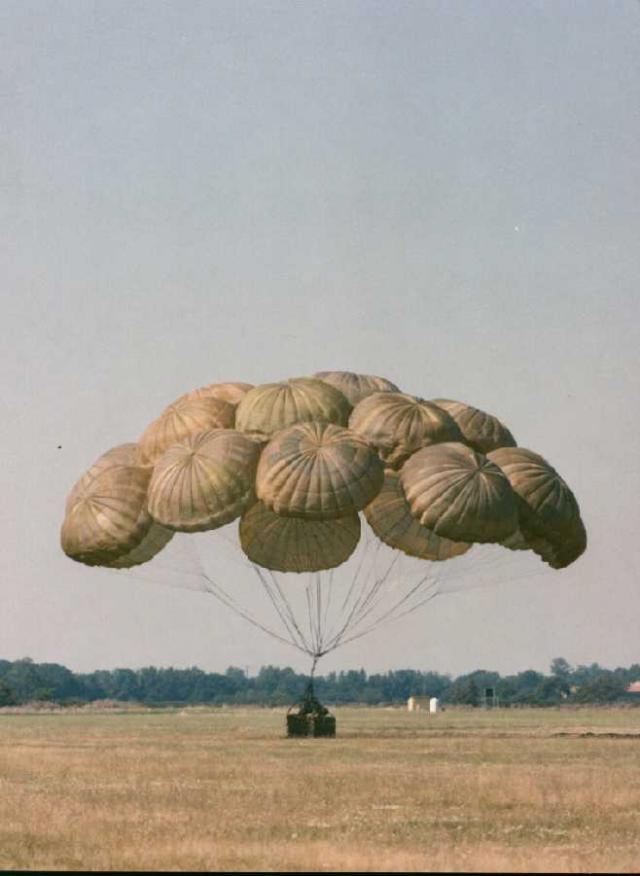Crosswind AWES are studied and realized by almost all universities, companies (Makani, @Kitepower, Ampyx and so on) and organizations involved in AWE. The power/kite area ratio is the main considered ratio, if not the only one. However a crosswind kite uses an huge space with its (too) large power figures, and leads to a high safety concern due to high speed of the kite, moving long tether under high tension. The control is almost only a computerized control: if it fails some serious problems can occur. And the crash is prohibited. Resulting in first the requirement of a large spacing between unities within the air volume of a kite farm.
Another possibility is the implementation of a less efficient AWES by power/kite area ratio, but allowing a better whole space use/power ratio as it is multiplied. As examples Magnus effect balloons
(Magenn), or some stationary devices. Such devices could be stacked and fill the worked air volume. Collisions would be without serious effect in a way that is shown on the video of bumper cars below. By the same the stationary (even huge) kites fly close to each other in kite festivals, while crosswind (even small) kites for competitions take much space.
As a result an AWES farm in bumper mode with less efficient AWES per unity, could become more efficient in the whole.

